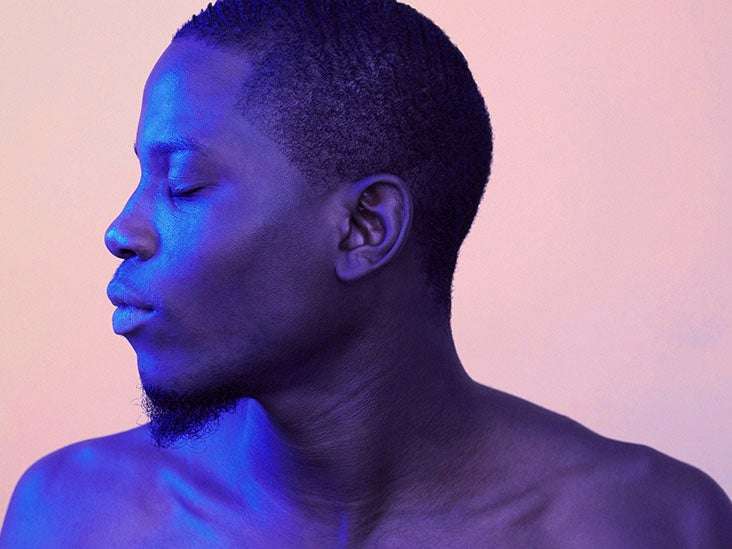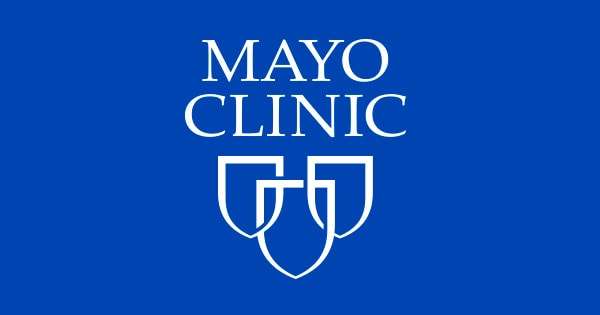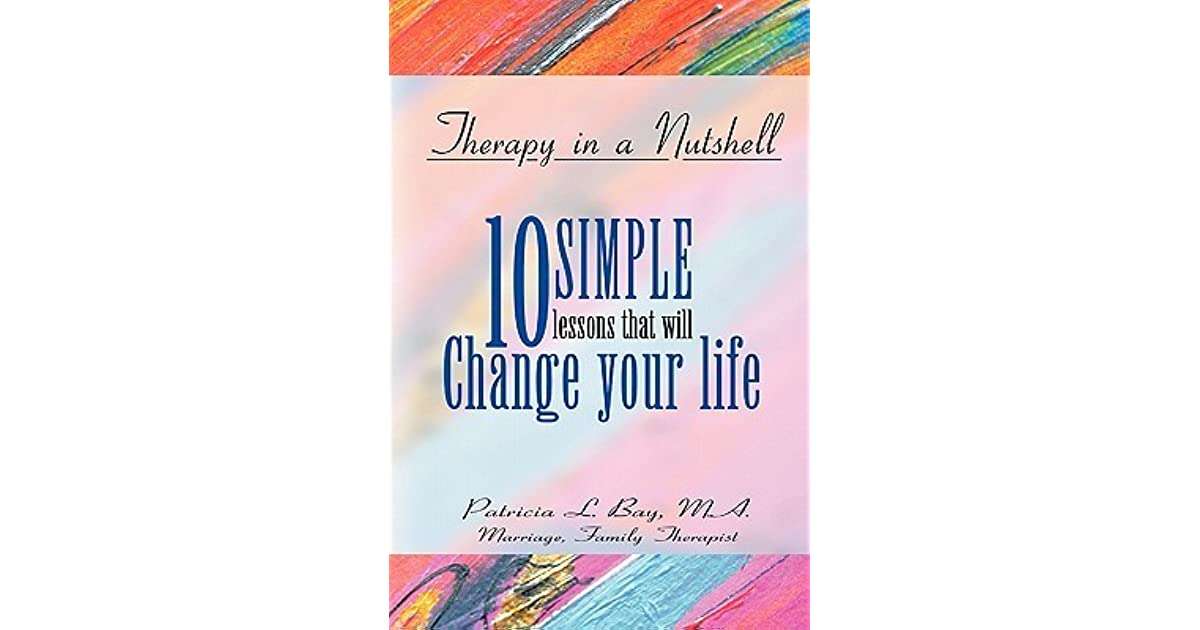Blue light therapy may help with depression, but it is still not clear exactly how effective it is.
Depression is a mood disorder associated with a loss of interest in activities, low mood, and similar symptoms for 2 or more weeks. Current treatment guidelines suggest medication, cognitive behavioral therapy (talk therapy), or both for most people.
Evidence is not as clear on the effectiveness of blue light therapy. It may work well for people with seasonal affective disorder (SAD). Additionally, some evidence suggests it can help with other forms as well.
This article reviews in more detail what blue light therapy is, how it may treat depression, what the research says, and more.
What is blue light therapy?

Share on Pinterest
Westend61/Getty Images
Blue light therapy uses light to treat conditions that typically occur on or just under the skin.
Photoreceptors within the eyes are sensitive to low-wavelength blue light. These receptors provide information to help regulate a person’s biological clock and other areas of the brain. Based on that, a 2016 study explores how blue light therapy could help treat SAD and other forms of depression.
How blue light therapy treats depression
The exact mechanism by which blue light therapy treats depression is unclear. However, experts hypothesize that it:
- alters the circadian rhythm
- suppresses melatonin secretion
- modulates serotonin levels in the brain
In other words, blue light may help regulate emotional responses in the brain. This can be especially helpful for areas of the brain that depression typically affects. These areas include the hippocampus, hypothalamus, and amygdala.
How it works
A person can often acquire a blue light device from online retailers. Devices vary considerably in the intensity and light wavelengths emitted. Despite this, some research indicates they can still help some people with SAD.
In a 2016 study, the experimental group had 20 minutes of blue light exposure each morning for 5 days. However, an individual’s treatment time and duration outside of clinical studies may vary.
A person may want to discuss their plans with a doctor or other healthcare professional before starting blue light therapy at home. A professional may be able to provide advice on what device to use, and when and how to use it.
Side effects
Experts generally consider blue light therapy to be a safe procedure.
However, side effects may occur. According to the 2016 study, some reported side effects include:
- headache
- nausea
- heart palpitations
- diarrhea
The side effects in the blue light group occurred roughly as much as those in the bright light group.
Pros and cons of blue light therapy
Most evidence points to the use of blue light therapy for SAD, a form of depression. Less evidence supports its use for major depressive disorder, more commonly known as “depression.”
As a result, people with major depressive disorder may not benefit as much as those affected by SAD.
Another potential con is the lack of evidence supporting its use. For example, the use of blue light therapy for SAD or major depression remains unproven.
A person should also avoid using the therapy in the evening since it could mess up their sleep cycle.
The National Institute of Mental Health (NIMH) also does not list blue light or any light therapy as a potential treatment for depression. Instead, it recommends:
- talk therapy
- medication
- a combination of talk therapy and medication
- brain stimulation therapy using electric or magnetic pulses
The NIMH does note, however, that other forms of brain stimulation are still experimental.
What the research says
Most recently, a 2022 meta-analysis reviewed the results of several studies looking at how blue light therapy helps with depression. It notes that the evidence is currently lacking to support its use for depression.
However, they did note that additional, longer, and larger studies may help to prove its effectiveness for use in depression.
Early studies were generally more positive. A 2016 study of blue light use for subsyndromal SAD finds that blue light is just as effective as bright light. Subsyndromal means that a person has symptoms that are not severe enough to meet the diagnostic criteria for a disorder.
Older studies also show some positive results. In a 2009 study, researchers study the effects of blue light on people with SAD for 3 weeks. They note that it worked better than red light therapy. In this study, blue light also worked as well as bright light therapy in previous studies.
People interested in blue light therapy may want to approach its use with caution. A person should not discontinue current treatments to try the therapy. They should also discuss their interest with a doctor before trying the therapy.
How to do light therapy at home
A person should follow all instructions from the manufacturer and their doctor when using light therapy devices at home.
Studies indicate that the therapy is most effective in the morning. Similarly, people should avoid nighttime use. Up to 20 minutes of exposure for 5 days may improve symptoms of sub-syndromal SAD.
The length of treatment may vary between people.
How long it takes to work for depression
Per the previous 2016 study, blue light may only need about 5 days of morning exposure to be effective. However, this study only observed blue light’s effects on sub-syndromal SAD. This is a condition that has symptoms of SAD but was not severe enough for a clinical diagnosis. As such, more research is necessary on the effectiveness of blue light therapy for diagnosed SAD and depression.
A doctor may recommend additional sessions depending on the person’s response to treatment and need.
Summary
Blue light therapy may help some people with depression regulate certain symptoms. This therapy seems most effective in people with seasonal depressive disorder. However, other forms of depression may also benefit from it.
Research has been generally positive. However, current analyses suggest that blue light therapy is still an unproven therapy.
People should use caution if starting therapy. They should consult with a doctor before starting it or stopping other forms of treatment.
Seasonal affective disorder treatment: Choosing a light box
Light therapy boxes can offer an effective treatment for seasonal affective disorder. Features such as light intensity, safety, cost and style are important considerations.
By Mayo Clinic Staff
Seasonal affective disorder (SAD) is a type of depression that typically occurs each year during fall and winter. Use of a light box can offer relief. But for some people, light therapy may be more effective when combined with another SAD treatment, such as an antidepressant or psychotherapy, also called talk therapy.
Light boxes are designed to deliver a therapeutic dose of bright light to treat symptoms of SAD. There are many different types of light boxes. All light boxes for SAD treatment are designed do the same thing, but one may work better for you than another.
Talk with your health care provider first
It’s best to talk with your health care provider about choosing and using a light box. If you’re experiencing both SAD and bipolar disorder, the advisability and timing of using a light box should be carefully reviewed with your health care provider. Increasing exposure too fast or using the light box for too long each time may induce manic symptoms if you have bipolar disorder.
If you have past or current eye problems such as glaucoma, cataracts or eye damage from diabetes, get advice from your eye specialist before starting light therapy.
Understanding a light box
A light therapy box mimics outdoor light. It’s thought that this type of light may cause a chemical change in the brain that lifts your mood and eases other symptoms of SAD, such as being tired most of the time and sleeping too much.
Generally, the light box should:
- Provide an exposure to 10,000 lux of light
- Produce as little UV light as possible
Typical recommendations include using the light box:
- Within the first hour of waking up in the morning
- For about 20 to 30 minutes
- About 16 to 24 inches (41 to 61 centimeters) from your face, but follow the manufacturer’s instructions about distance
- With eyes open, but not looking directly at the light
Light boxes aren’t regulated by the Food and Drug Administration (FDA) for SAD treatment, so it’s important to understand your options.
You can buy a light box without a prescription, but it’s best to use it under the guidance of a health care provider and follow the manufacturer’s guidelines. Your health care provider may recommend a specific light box. Most health insurance plans don’t cover the cost.
What to consider
Here are some questions to think about when buying a light box for seasonal affective disorder:
- Is it made specifically to treat SAD? If not, it may not help your depression. Some light therapy lamps are designed for skin disorders — not for SAD. Lamps used for skin disorders mainly produce ultraviolet (UV) light and could damage your eyes if used incorrectly.
- How bright is it? Light boxes produce different intensities of light. Brighter boxes will require less time to use each day, compared with dimmer boxes, to achieve the same effect. Usually, the recommended intensity of light is 10,000 lux.
- How much UV light does it release? Light boxes for SAD should be designed to filter out most or all UV light. Contact the manufacturer for safety information if you have questions.
- Can it cause eye damage? Some light boxes include features designed to protect the eyes. Make sure the light box filters out most or all UV light to avoid damaging your eyes. Ask your eye specialist for advice on choosing a light box if you have eye problems such as glaucoma, cataracts or eye damage from diabetes.
- Is it the style you need? Light boxes come in different shapes and sizes, with varied features. Some look like upright lamps, while others are small and rectangular. Smaller light boxes are more portable and easier to pack if you’re traveling during fall and winter. The effectiveness of a light box depends on daily use, so buy one that’s convenient for you.
- Can you put it in the right location? Think about where you’ll want to place your light box and what you might do during its use, such as reading, doing a craft or watching TV. Check the manufacturer’s instructions, so you receive the right amount of light at the proper distance.
Talk to your health care provider about light box options and recommendations, so you get one that’s best suited to your needs.
There is a problem with information submitted for this request. Review/update the information highlighted below and resubmit the form.
From Mayo Clinic to your inbox
Sign up for free, and stay up to date on research advancements, health tips and current health topics, like COVID-19, plus expertise on managing health.
ErrorEmail field is required
ErrorInclude a valid email address
To provide you with the most relevant and helpful information, and understand which information is beneficial, we may combine your email and website usage information with other information we have about you. If you are a Mayo Clinic patient, this could include protected health information. If we combine this information with your protected health information, we will treat all of that information as protected health information and will only use or disclose that information as set forth in our notice of privacy practices. You may opt-out of email communications at any time by clicking on the unsubscribe link in the e-mail.
Thank you for subscribing!
You’ll soon start receiving the latest Mayo Clinic health information you requested in your inbox.
Sorry something went wrong with your subscription
Please, try again in a couple of minutes
- AskMayoExpert. Seasonal affective disorder (SAD). Mayo Clinic; 2021.
- Seasonal affective disorder. National Institute of Mental Health. https://www.nimh.nih.gov/health/publications/seasonal-affective-disorder/. Accessed Dec. 21, 2021.
- Bais B, et al. Light therapy for mood disorders. In: Handbook of Clinical Neurology, Vol. 182. Elsevier; 2021. doi:10.1016/B978-0-12-819973-2.00004-6. Accessed Dec. 22, 2021.
- Avery D. Seasonal affective disorder: Treatment. https://www.uptodate.com/contents/search. Accessed Dec. 21, 2021.
- Galima SV, et al. Seasonal affective disorder: Common questions and answers. American Family Physician. 2020;102:668.
- Seasonal affective disorder and complementary health approaches: What the science says. National Center for Complementary and Integrative Health. https://www.nccih.nih.gov/health/providers/digest/seasonal-affective-disorder-and-complementary-health-approaches-science. Accessed Dec. 21, 2021.
- Sawchuk CN (expert opinion). Mayo Clinic. Jan. 29, 2022.
- Oldham MA, et al. Commercially available phototherapy devices for treatment of depression: Physical characteristics of emitted light. Psychiatric Research & Clinical Practice. 2019;1:56.
See more In-depth



